What if we could lubricate our bearings remotely, from any device, making sure that the right amount and right lubricant are always used – and even better, based on bearing condition? Then we would address the 3 main lubrication issues which cause most of early bearing failures. Today this is already possible. Using ultrasonic sensors and single point lubrication devices, all connected to a central system, we can now bring lubrication practices to a whole new level!
Prevention in place of monitoring
We have a serious problem with bearing condition monitoring! Technology is making it easier and more cost-effective to monitor our bearings in real-time and as a result, we are seeing sensors and systems being installed on equipment at an exponential rate.
There is a race from these monitoring systems to detect the onset of failure (Point P on the P-F curve) at the earliest possible point. And this race to detect a failure is a serious problem. We are spending more money and extra TIME to detect a failure when we should be preventing that failure in the first place.
Addressing lubrication issues – the root of most bearing failures
It is no secret that over 80% of premature bearings failures can be traced back to lubrication related issues. These issues can be put into three general categories: inadequate lubrication (over or under lubricated), wrong lubricant, and contamination. When it comes to addressing premature bearing failure, reducing the impact on just one of these issues can have a large impact on the bearing life. But when we start to address all three, then we canreach excellence in our lubrication programs.
It’s all about the friction levels
A lot of expertise needs to be designed into the bearing selection and lubrication requirements, no technology will likely ever replace the need for trained and experienced lubrication experts.But when it boils down to it, it is all about friction - that’s why they are called anti-friction bearings.
Once the correct bearing is installed properly and the right lubricant is chosen, it comes down to managing that friction in the bearing by using the correct regreasing volume and frequency. Simple to understand but often difficult to put intopractice.
Time based lubrication vs condition-based: using ultrasound to avoid under and over-lubrication
One technique is to use time-based lubrication. In this case, regreasing is done based on time, with a predetermined amount of grease. This method is often based on an ideal calculation that is not reflective of the real-life condition that influences the friction in the bearing. This often leads to under greasing or over greasing the bearing.
A step-change in lubrication practices came with condition-based lubrication. Using ultrasound to measure the friction in real-time to determine exactly when lubrication (and how much)is required to bring the friction back to or near the ideal level. Moving to ultrasound-assisted lubrication will ensure we do not over or under lubricate but has still not addressed the two other lubrication related issues: using the correct lubricant, and contamination.
What about automatic lubricators?
To address these two other lubrication issues many have turned to automatic lubrication devices or auto lubers. Automatic lubrication provides a safer and more convenient method of supplying the precise amount of lubricant into the bearings on a more frequent basis.
These devices ensure we always use the correct grease stored in the device but also reduce or eliminate the possibility of contamination caused by the operational environment. These devices are time-based and set to dispense lubricant on a set frequency or run time.
The auto lubricant devices have evolved to become smarter. Many of them not only dispense the lubricant but can also set alarms based on excessive feedback and low lubricant.
The best of two worlds: SmartLube – single point lubricator, remotely operated, based on friction levels
We have two solutions addressing the different aspects of the common lubrication issues. On one side we have ultrasound-assisted lubrication, using friction to determine when and how much lubrication is required. Combined with good lubrication practices, it will provide benefits but still requires an investment in time and training to ensure the proper lubricant is used to reduce the potential of contamination.
On the other side, we have automatic lubrication devices ensuring the correct, contaminant-free lubricant but still based on time or running hours versus the condition or friction in the bearing, often still leading to not optimizing lubrication frequency.
What if we were able to combine the proven precision and best practice of condition-based lubrication using ultrasound with the convenience, safety, and accuracy of automatic lubrication devices? We would then have a solution that allows us to lubricate our bearings only when required by measuring friction and ensuring we always use the correct, contaminant-free lubricant every time. That’s exactly what the SmartLube from UE Systems does.
Lubricate based on friction, from any device, anywhere
When we use technology to make all this remotely operated, we can now monitor the real-time friction of our bearings and, when needed, remotely dispense the correct lubricant. All this with theconfidence that the lubricant is getting to the bearing with real-time alerts and notifications from any internet-connected device, anywhere in the world!
The OnTrak SmartLube by UE Systems has the power of real-time bearing friction monitoring and the convenience, safety, and accuracy of single-point bearing lubricators. Lubrication experts can now lubricate remotely with confidence from anywhere, anytime, on any device.
How does it work?
This disruptive device works with a simple concept: ultrasonic sensors are permanently mounted on the bearings to monitor friction levels. All this data is sent to a central processing unit – the OnTrak – and can be viewed in dashboards using any internet-connected device. The OnTrak then is also connected to single point lubrication devices. Based on the friction levels and on setup alarms, we now have the possibility to tell the OnTrakthat a certain bearing needs lubricant. The OnTrak will then instruct the SmartLube – single point lubricator – to dispense lubricant, just the right amount. And the best part: all can be done remotely, anywhere, anytime.
www.uesytems.com
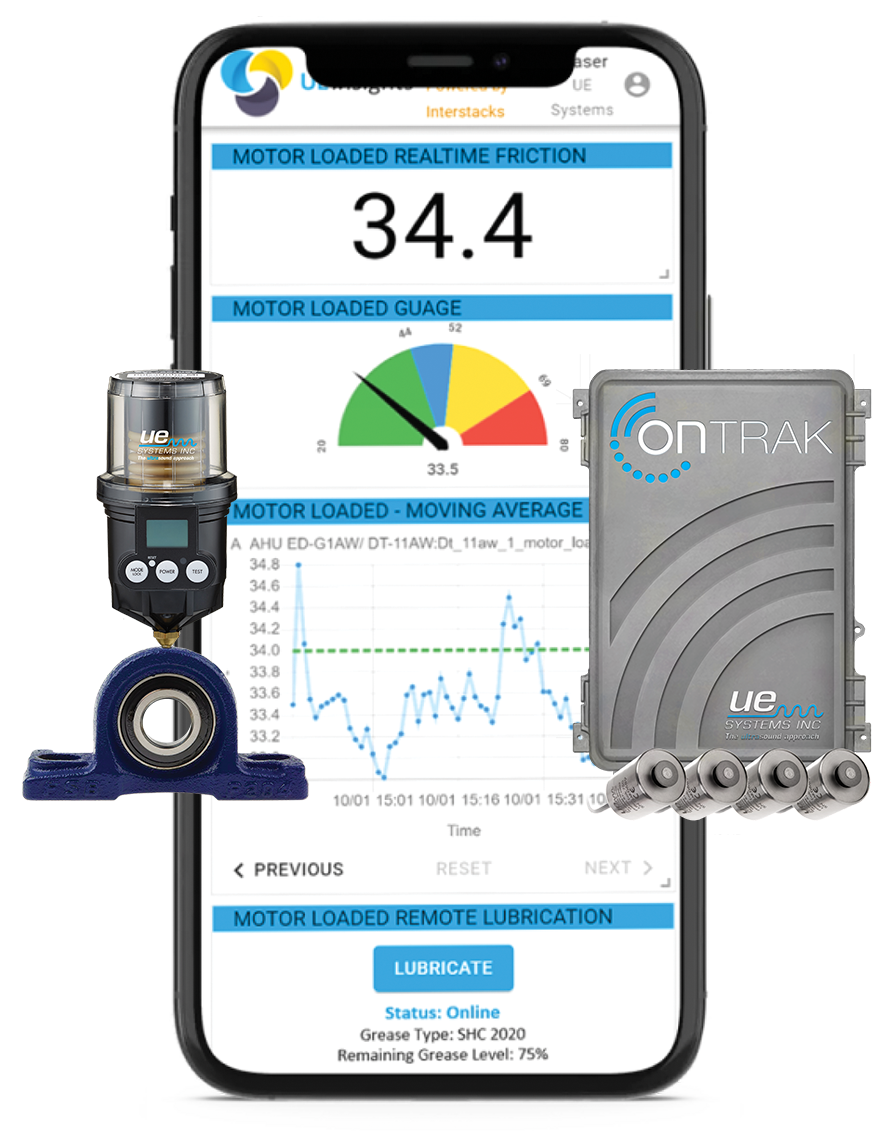
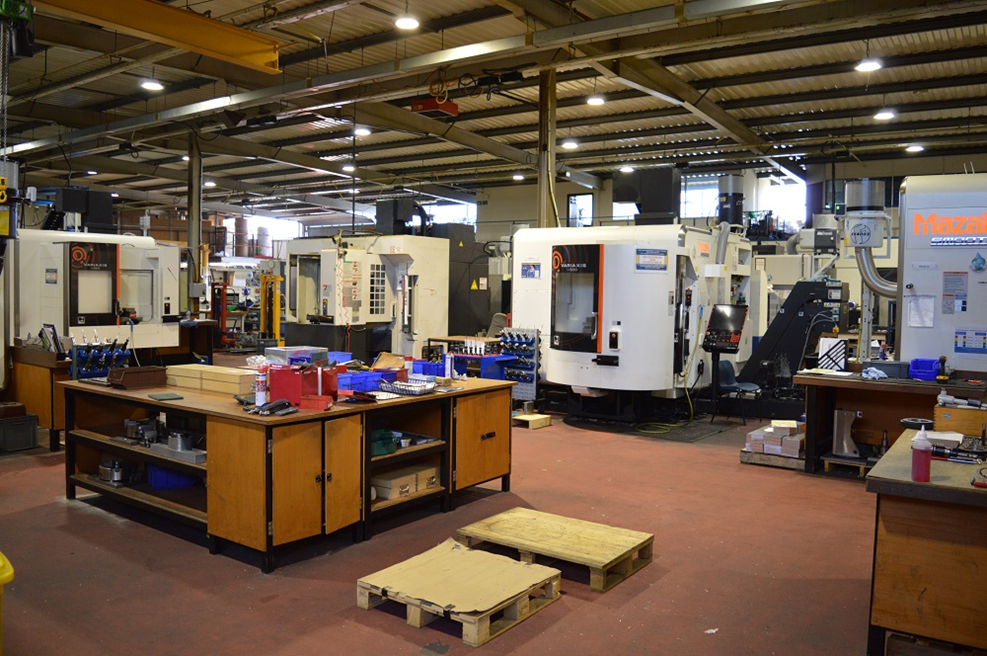

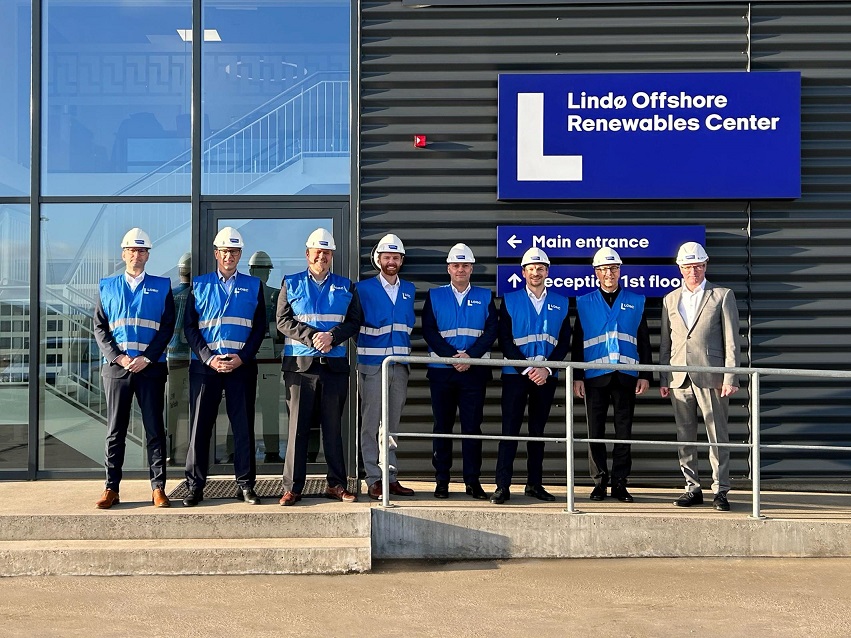
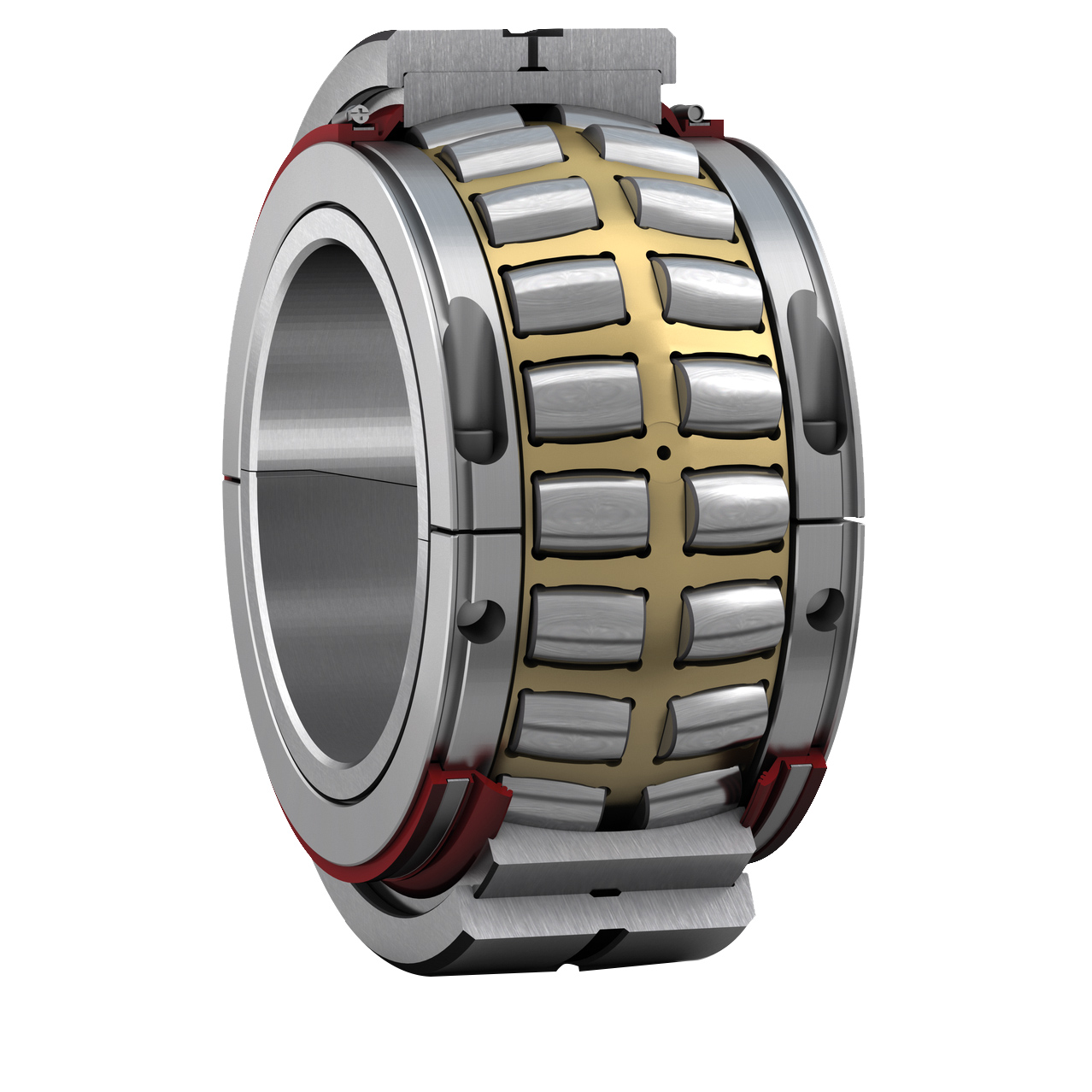

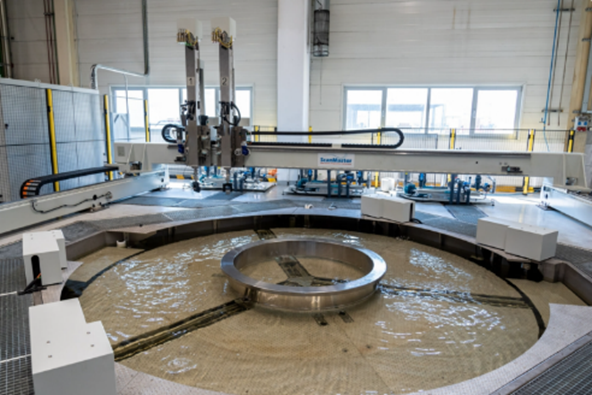
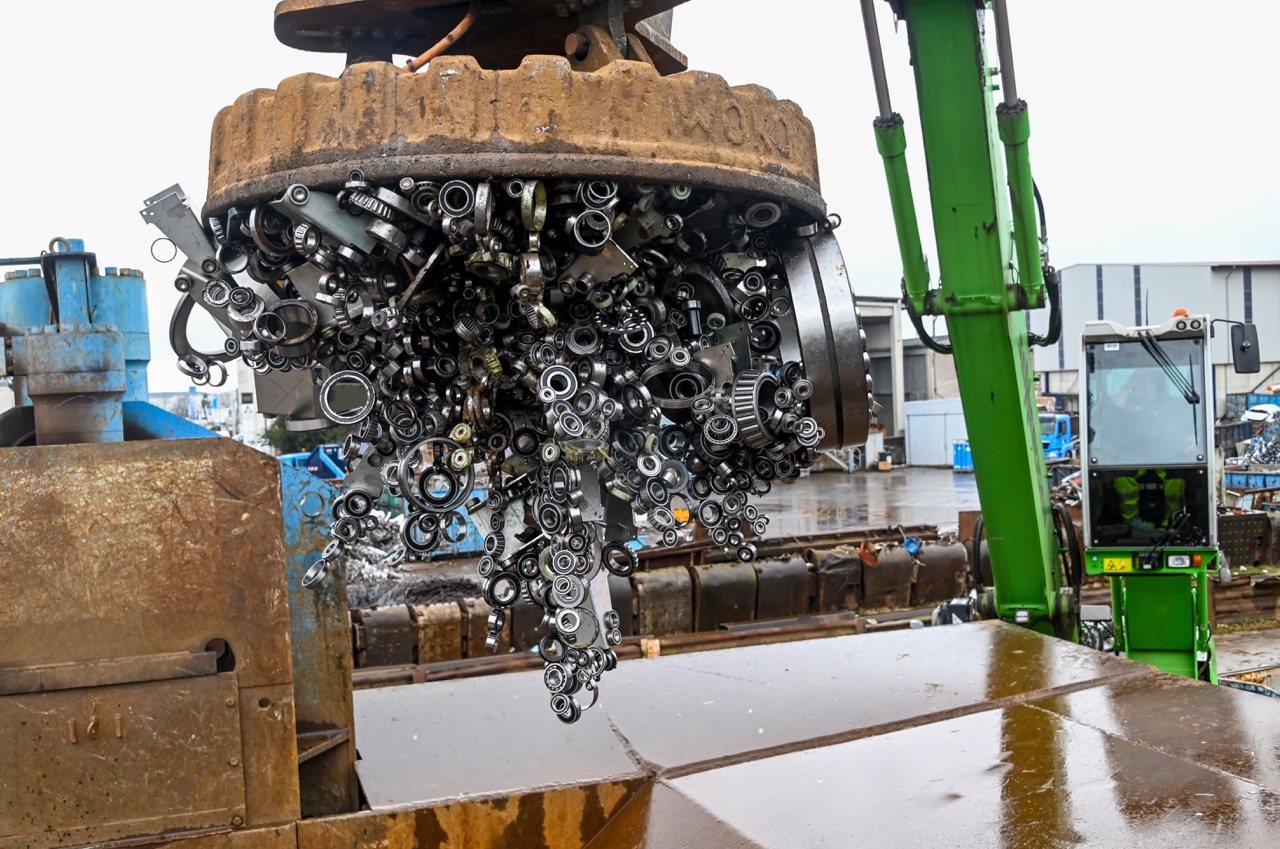
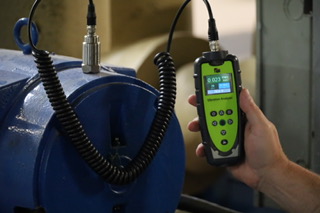

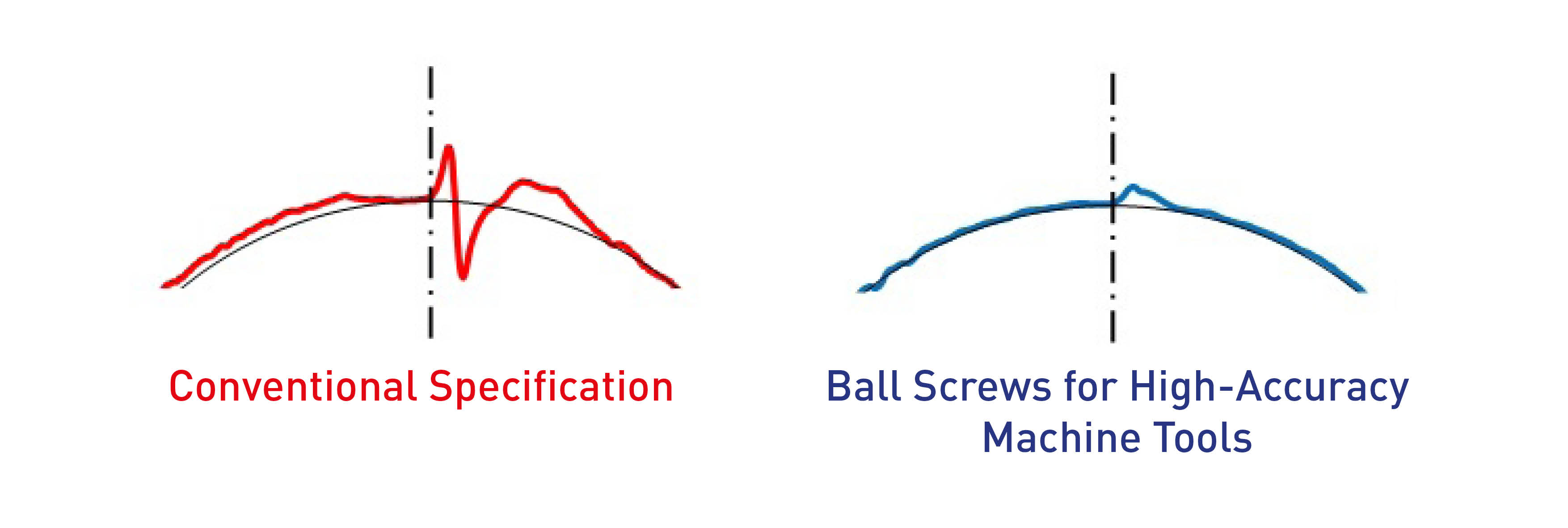
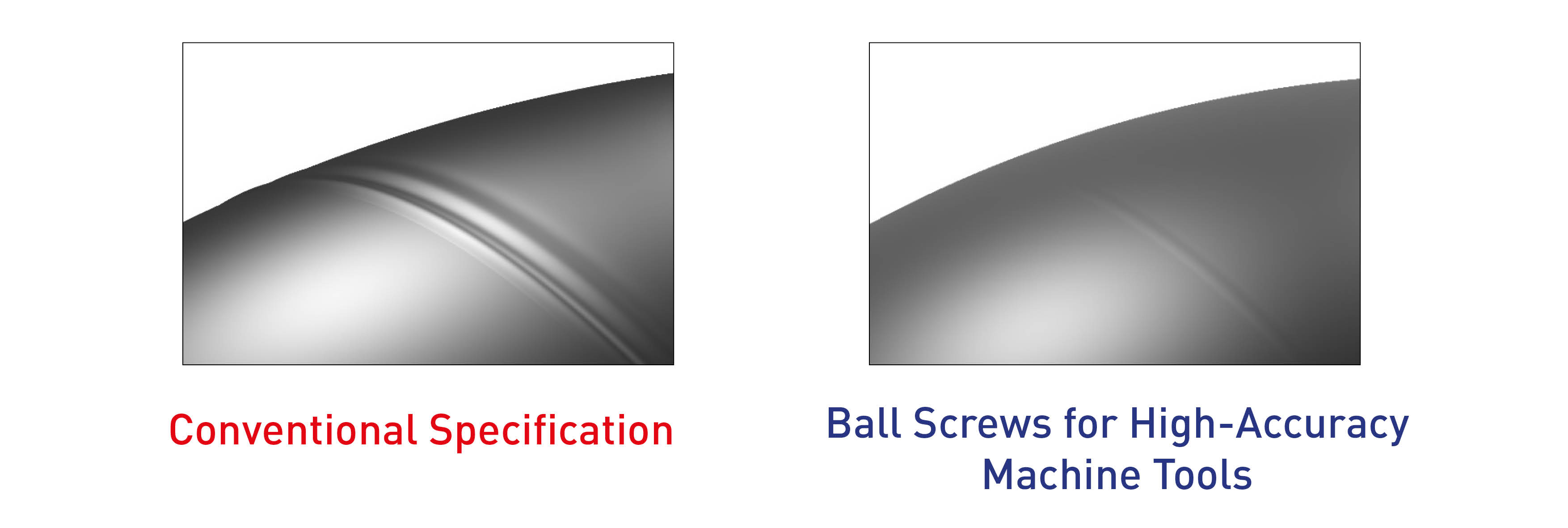

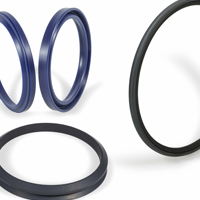 SKF has unveiled a trio of new seal profiles for its SNL plummer block housings. For distributors and end-users an efficient and cost-effective means for their production has also been introduced.
SKF has unveiled a trio of new seal profiles for its SNL plummer block housings. For distributors and end-users an efficient and cost-effective means for their production has also been introduced.
